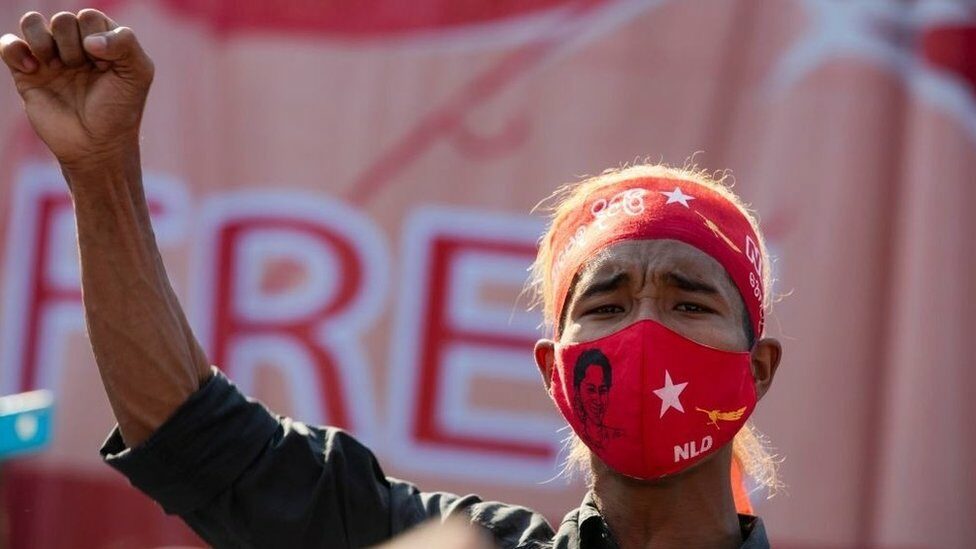You can now follow the latest news for free through our Facebook page
Click here to subscribe
—
Wuhan (China): The mission of WHO experts to China concluded its mission this week without knowing the origin of the emerging corona virus that has killed more than 2.3 million people around the world, but it is agreed that the virus most likely passed from bats to another unknown animal before it It is transmitted to humans.
It also concluded that it is “extremely unlikely” that the virus came from a laboratory subject to the strictest biosafety requirements in Wuhan, central China, in an apparent effort to refute a number of hypotheses linking the city’s Institute of Virology to infection.
The team’s mission in China was accompanied by great international pressure and was put under a microscope. One of the team’s experts, Peter Dashak, described the task as “hard work in the most politically charged environment”.
After a mission that lasted nearly a month, there are five things we still do not know about the source of the virus.
Animal source
Experts said that tests were conducted on tens of thousands of samples of wild, domestic and domestic animals across China, but none of them were found to have the SARS-Cove-2 virus, which causes the Covid-19 epidemic.
However, the Dutch virologist and team member, Marion Koopmans, said that species more vulnerable to infection with the virus – including bamboo rats, rodents and rabbits – were sold in the Huanan market in Wuhan, where the first foci of the virus were recorded, and they could represent an entry point for tracing investigations.
Zoology expert Dashak also said after the press conference that new bat viruses discovered in Thailand and Cambodia “are shifting our focus to Southeast Asia.”
“I think we will one day find that (the reservoir of viruses). It may take a while … but it will undoubtedly be there,” he told reporters.
Data in their original state
Questions have emerged about the possibility of scientists accessing data in China, amid accusations that Beijing initially reduced the risk of infection in Wuhan in late 2019.
After the press conference, the Danish epidemiologist and member of the team Theea Colsen Fischer said that the team did not obtain data in their original condition, but relied on previous analyzes by Chinese scientists.
In most cases, the expert said, it would be natural for people from outside to have access to “accumulated data.”
WHO team members said they were given full access to the sites and people they requested to visit.
Cold chain infection
Beijing has often promoted the hypothesis that the virus reached China through the packaging of cold-chain products such as frozen seafood, and attributed the outbreak to the epidemic within China.
The director of emergency in the organization Mike Ryan had announced earlier that “there is no evidence that foodstuffs or the food chain, contributed to the transmission of infection.”
But in China, the WHO mission seemed to give weight to that hypothesis.
Head of the Chinese side of the mission, Liang Wanyan, said that the virus can travel great distances on the surfaces of cold commodity chains, and that environmental samples from the Huanan market, which sells chilled seafood and wildlife, showed “widespread contamination” with the virus.
But team leader Peter Ben Embark warned that it was not clear whether the virus was able to spread to humans from contaminated cold chain surfaces.
Origin outside China?
Beijing has repeatedly called on the World Health Organization to undertake a mission to trace the origin of the virus in the United States, and State Department officials have drawn attention to conspiracy theories about the virus leaking from a US military research laboratory on germs.
In an effort to ward off international criticism of it over the way it responded to the epidemic at its inception, China has amplified studies indicating that some cases of Covid-19 appeared in Italy and other countries in late 2019.
But upon publication of the report’s findings, Koopmans said that these studies “do not provide complete evidence of an early spread” outside China in early December.
But she said the experts “should go looking for evidence of early spread.”
What’s next?
Copmans said the farms supplying wild animals to the Huanan Market in Wuhan deserve further research.
In addition to taking more samples from reservoirs of wild animal viruses, especially bats, in China and abroad, Ben Embark suggested re-examining samples by adopting “new approaches” for blood tests, and looking for more early cases that were not detected in Wuhan in December 2019.
Meanwhile, China is keen to conduct the next phase of investigations into the origin of the virus, in another country.
– .


